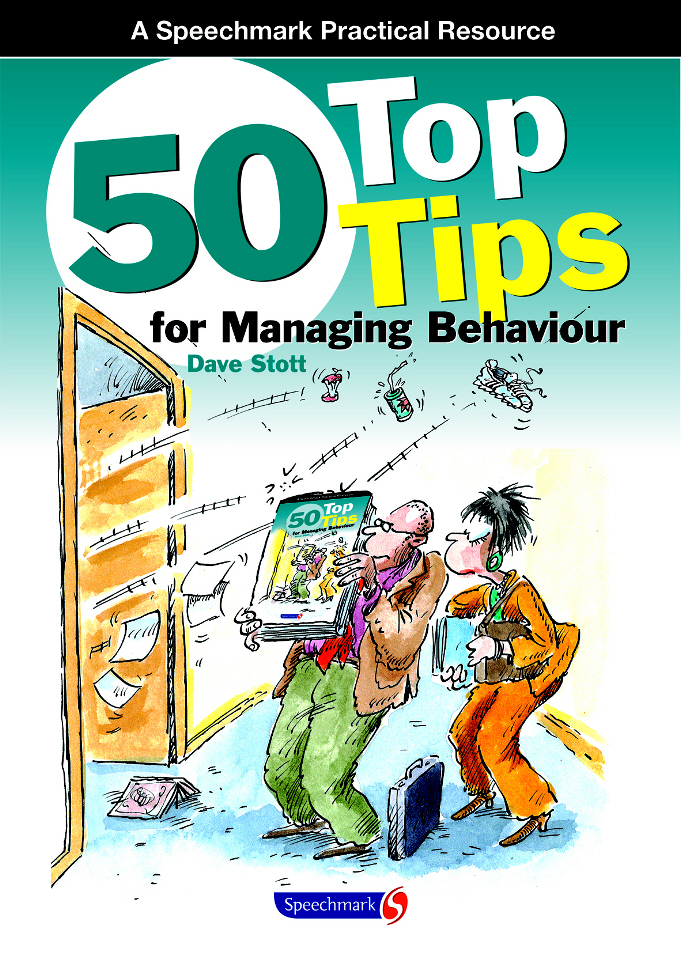 by Dave Stott
by Dave Stott
A practical resource that utilises the SEBS philosophy (Teaching Social, Emotional and Behavioural Skills).
Full Description:
A practical resource that utilises the SEBS philosophy (Teaching Social, Emotional and Behavioural Skills). With a very hands-on approach to managing behaviour all the scenarios in this resource are taken from real-life situations and can be used during staff training or simply as a reference book. The book reflects situations that confront educational professionals on a day-to-day basis: - How to manage the student who always wants the last word
- Setting boundaries
- Managing anger, including your own
- Dealing with difficult parents
- Successful lunchtimes
- Creating an emotionally literate environment
- Behaviour plans
- Building self-esteem
- Coping with difficult colleagues.
A brilliant resource to have as part of an induction pack or as an essential companion to continuing professional development.
Pages: 112, Format: Spiral bound
ISBN:
Contents: Introduction Author's note Acknowledgements Tip 1 Behaviour management during cover lessons Tip 2 Behaviour planning Tip 3 Body language Tip 4 Building positive relationships with 'difficult' students Tip 5 Bullying Tip 6 Chronic misbehaviour Tip 7 Concentration Tip 8 Conflict Tip 9 Consequences Tip 10 Creating an appropriate environment Tip 11 Crowd control Tip 12 Deflect the pressure Tip 13 Empathy Tip 14 Ensuring consistency from staff Tip 15 Establishing a whole school ethos Tip 16 Exclusions Tip 17 Flexibility Tip 18 Gaining attention Tip 19 Home-school contact Tip 20 Learning techniques from colleagues Tip 21 Low-level techniques Tip 22 Lunchtime Tip 23 Making good behavioural choices Tip 24 New school year Tip 25 Non-verbal communication Tip 26 Non-verbal reinforcement Tip 27 Observing student behaviour Tip 28 Off task but not disrupting Tip 29 One-to-one conversations Tip 30 Passive and aggressive adult behaviour Tip 31 Peer pressure Tip 32 Plenary evaluations Tip 33 Proactive and positive Tip 34 Recognising early warning signs Tip 35 Responding to confrontation Tip 36 Rewards Tip 37 Rules Tip 38 Sarcasm or humour? Tip 39 Seeking help Tip 40 Self-calming techniques Tip 41 Sent out Tip 42 Serotonin time Tip 43 Speaking and listening skills Tip 44 Systems and routines Tip 45 Tactical ignoring Tip 46 Teaching assistants Tip 47 Timed reminders Tip 48 Visibility Tip 49 Voice matching Tip 50 Who wants the last word? References
|